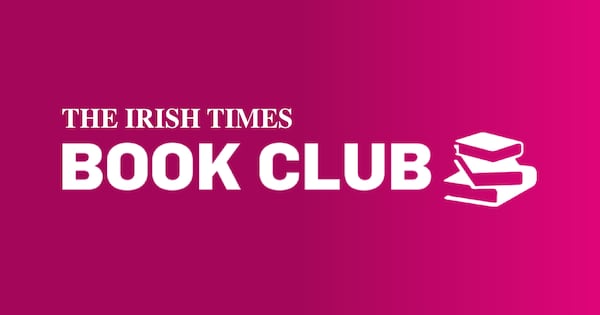Thanks to Covid closures and changing habits, crossing Dublin without passing a pub may not be quite as challenging as it was when Leopold Bloom ambled down Dorset Street towards his breakfast, and the conundrum was already spoiled by computer in 2014 anyway, but the humble boozer and its place in the city’s narrative are still something worth celebrating.
Fallon, the man behind the entertaining and informative Three Castles Burning podcast, certainly thinks so and has delivered a pleasing panegyric to the public houses in and around the city, and a plethora of tangential tales, tall or otherwise.
Opening up with pugilist Dan Donnelly’s mummified right arm (a yarn I first heard from Jerry Fish, in a pub), this beautifully illustrated pub crawl passes Jonathan Swift’s admirable denunciation of inferior English porter and the sickening sight of armed men emptying barrels of stout into the gutter during the 1916 Rising. Was it for this, etc?
Like any half-decent bar-based philosopher, Fallon takes interesting diversions. Did you know The Hairy Lemon on Stephen Street is named after a Dublin dog catcher of the 1940s or that Upper Camden Street’s Bleeding Horse is quite possibly haunted by the same cruentis equus?
READ MORE
Ever hear of the IRA’s war on Bass ale and, to a lesser extent, Cadbury’s chocolate? What about the connection between American photojournalist Lee Miller, famously pictured in Hitler’s bathtub in 1945, and Joyce’s Dublin, or a caught-short Elizabeth Taylor’s part in the Irish Women’s Liberation Movement? These questions only scratch the surface of the lore Fallon lays out.
The price of admission is justified by the section on great sports journalist Con Houlihan, celebrated with statuary in several saloons, alone. His enviable skills could casually compare a back-peddling goalkeeper to “a woman who smells a cake burning” and the recounting of the Kerryman’s route from Inchicore’s Richmond Park back in the general direction of Mulligan’s Of Poolbeg Street finds time, as everyone should, for a stop in Kilmainham’s glorious “piece of the country in the heart of the city”, the Old Royal Oak.
A joy from start to finish, The Dublin Pub leaves the reader with a nagging dryness in the oesophageal region and so is probably best appreciated in a quiet snug with a glass in front of you.















